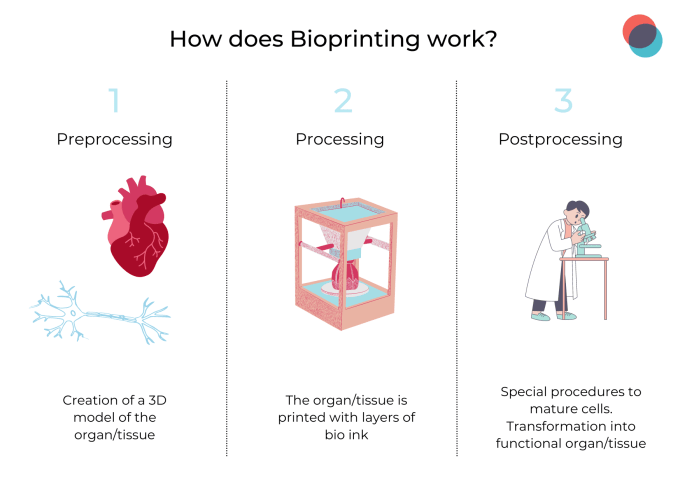Bioprinting: 3D printing for living material
March 10th, 2022, by Labtoo's team
What is bioprinting?
Bioprinting is inspired by 3D printing. This technology consists of building layers of material to create a three-dimensional object. In the last decade, 3D printing has been adapted to biosciences and it is now possible to print tissues and even organs.
Researchers came up with ‘bio inks’ to print those layers. Typically made with water-based gel or aggregates of cells, they offer a compatible structure to the cells so that, when printed, they can turn into a stable structure that will resist the next steps.
Regarding the steps of bioprinting, there are 3.
Preprocessing: A 3D model of the organ/tissue is prepared. It is based on MRI images or a series of 2D slices imaged with X-rays.
Processing: the actual organ/tissue is printed, according to the model developed previously, using layers of material.
Postprocessing: with special procedures, such as placement in a special chamber to allow cells to mature well and quickly, the print is transformed into a functional organ/tissue.
Thanks to the ability to create precise organ/tissue, bioprinting could be used to help patients recover from a heart attack, muscle injuries, and even nerve repair. Clinical trials still need to be developed and studied but bioprinting is full of promises for biomedicine.
